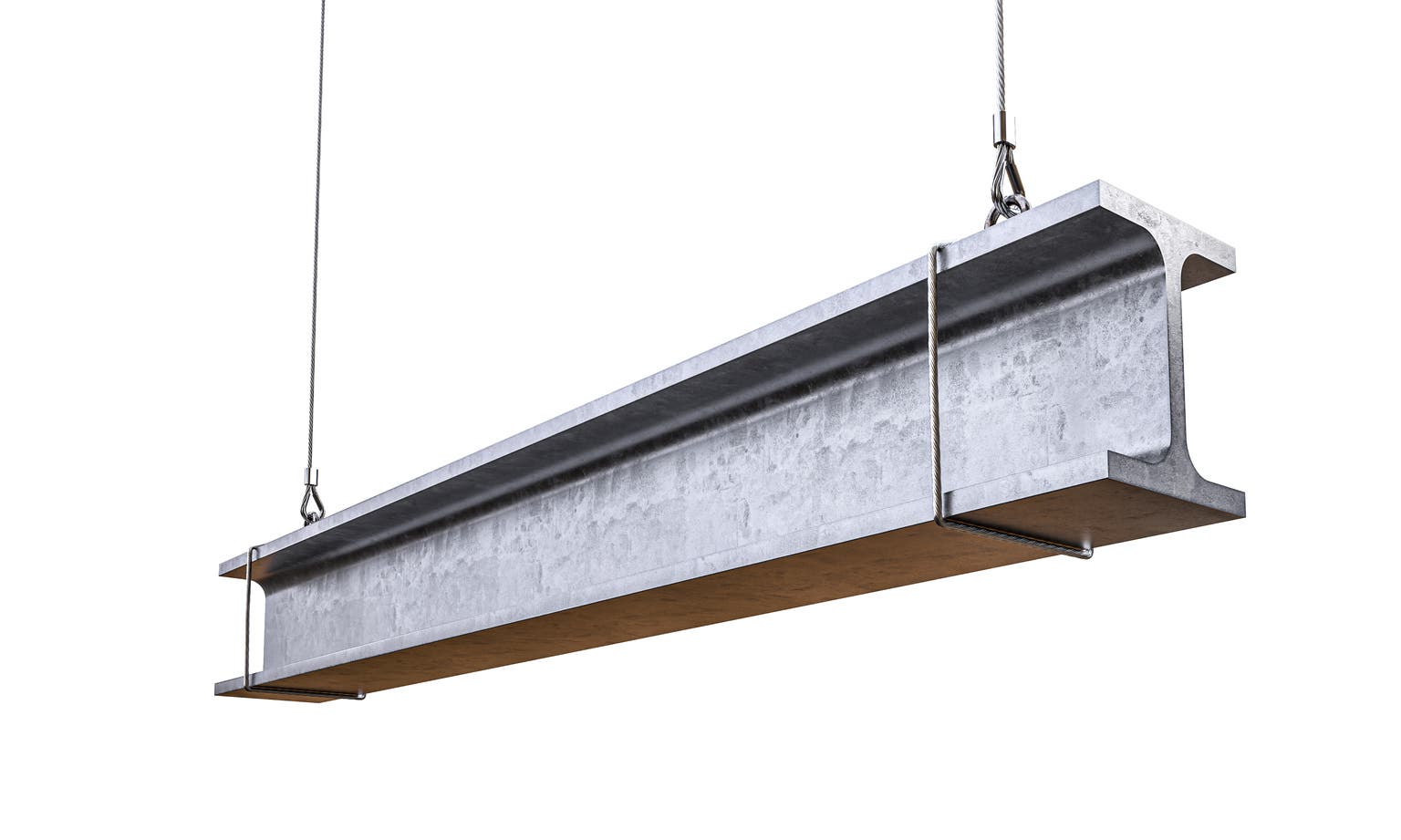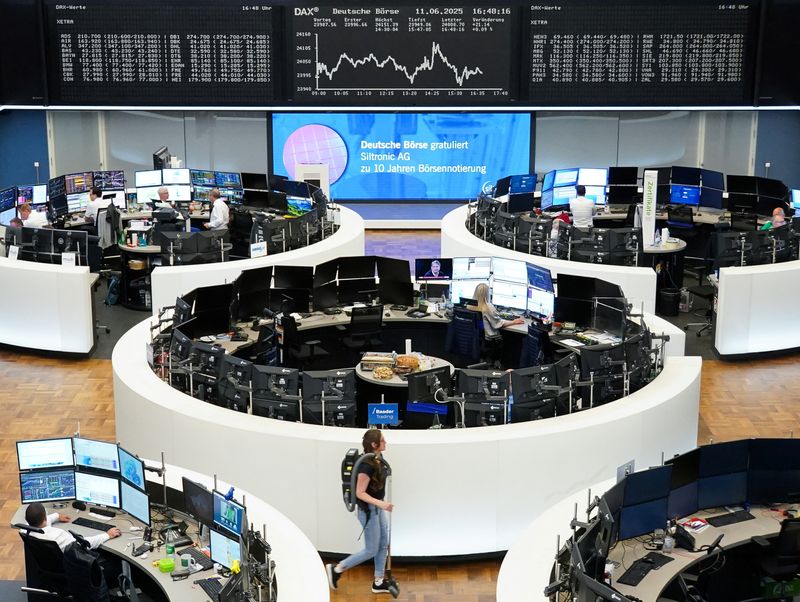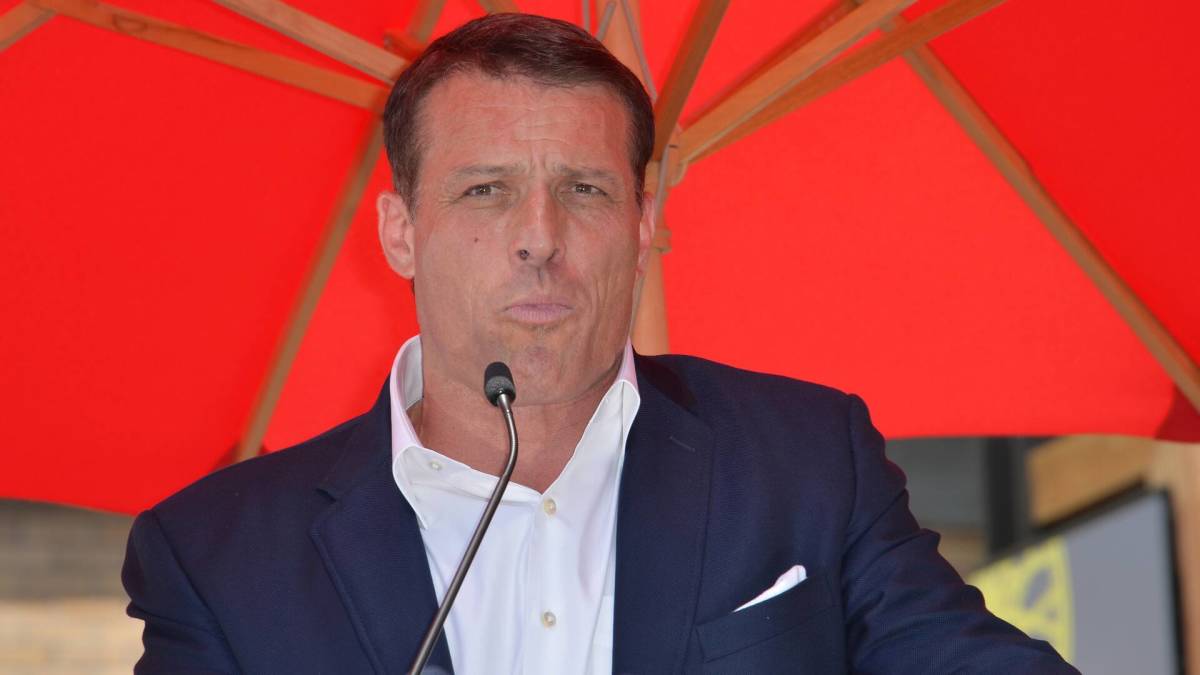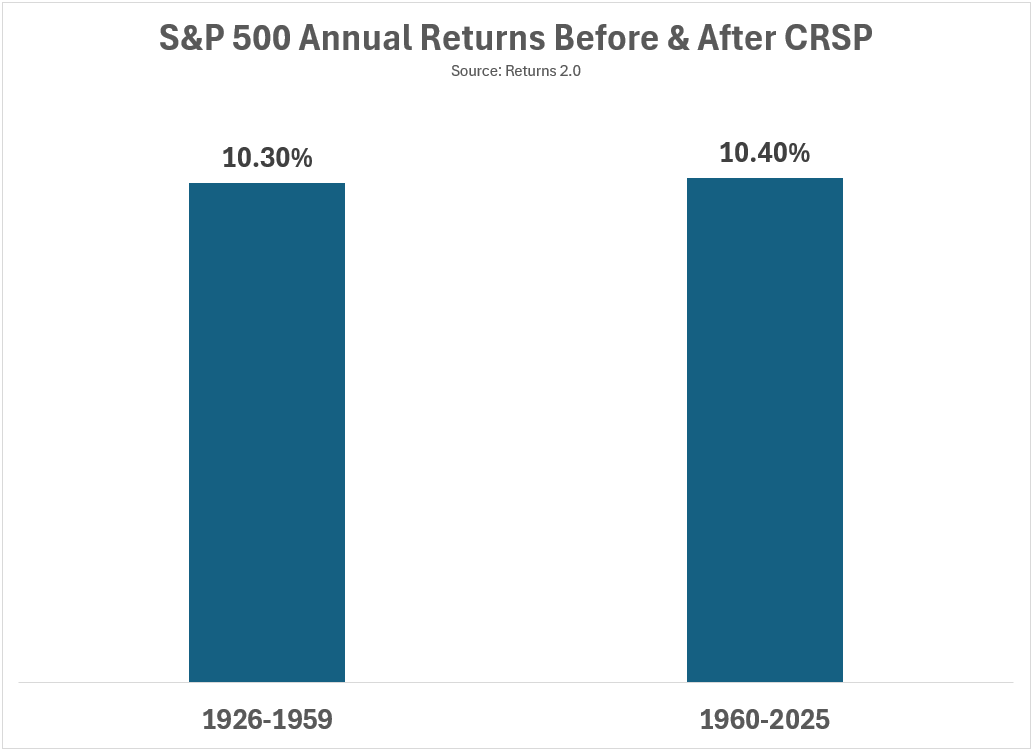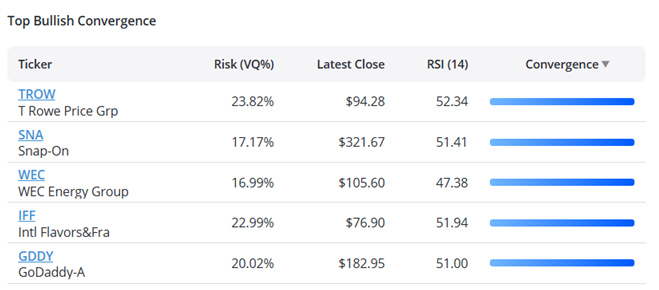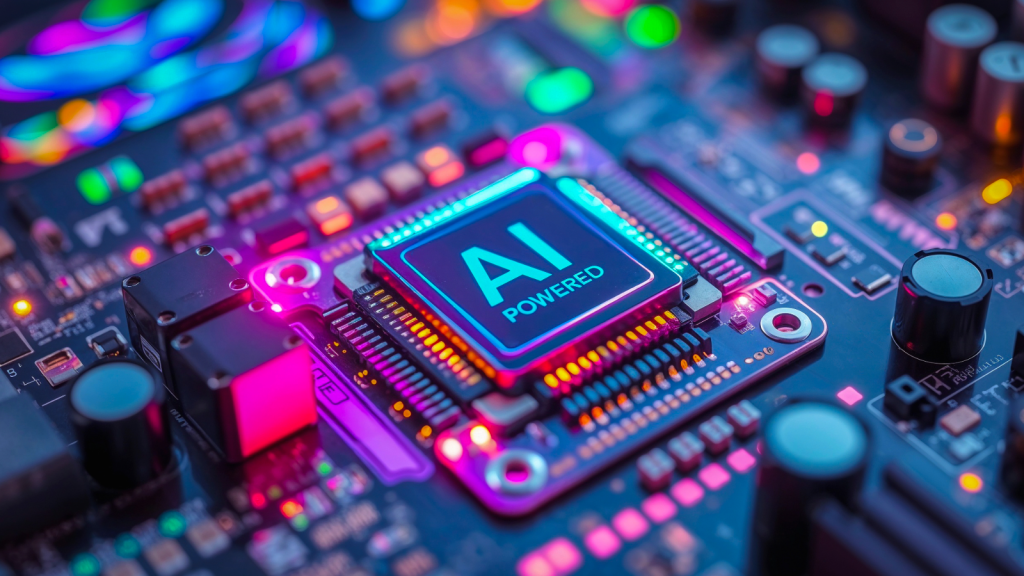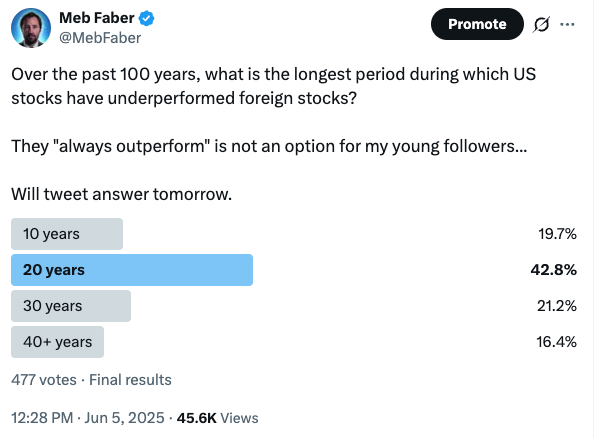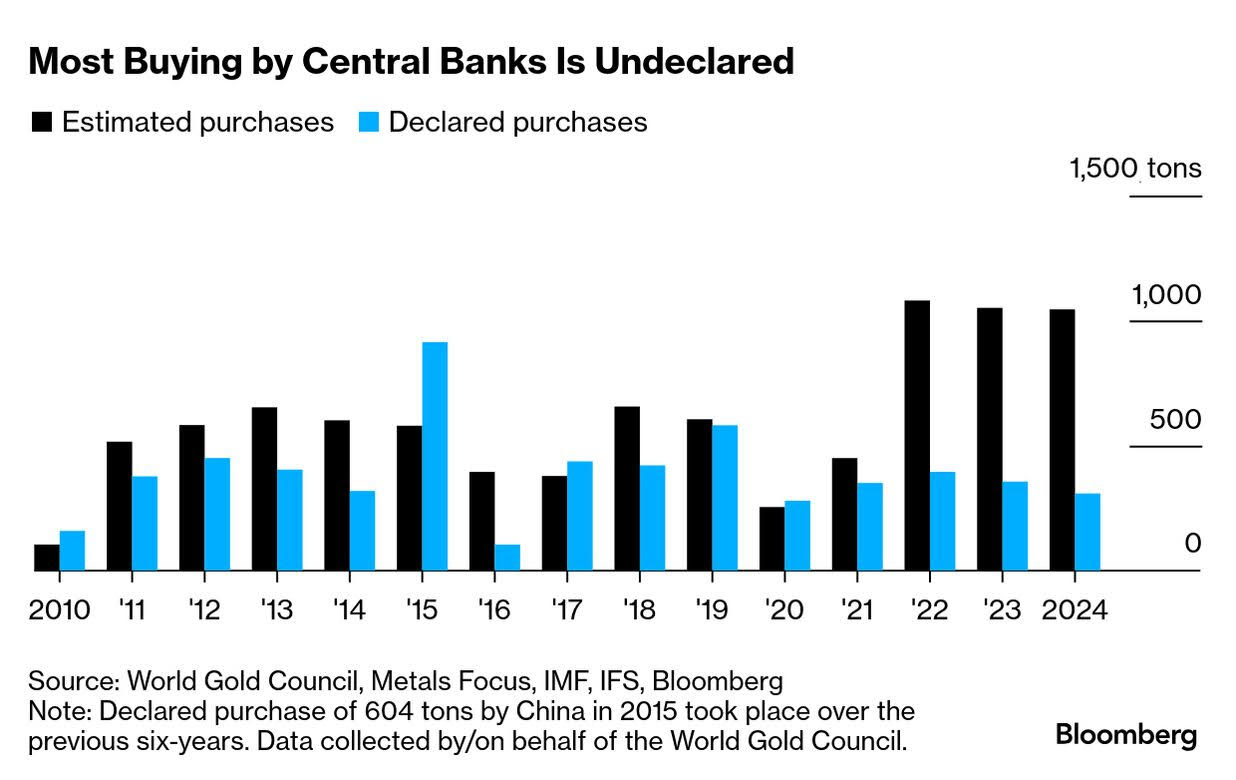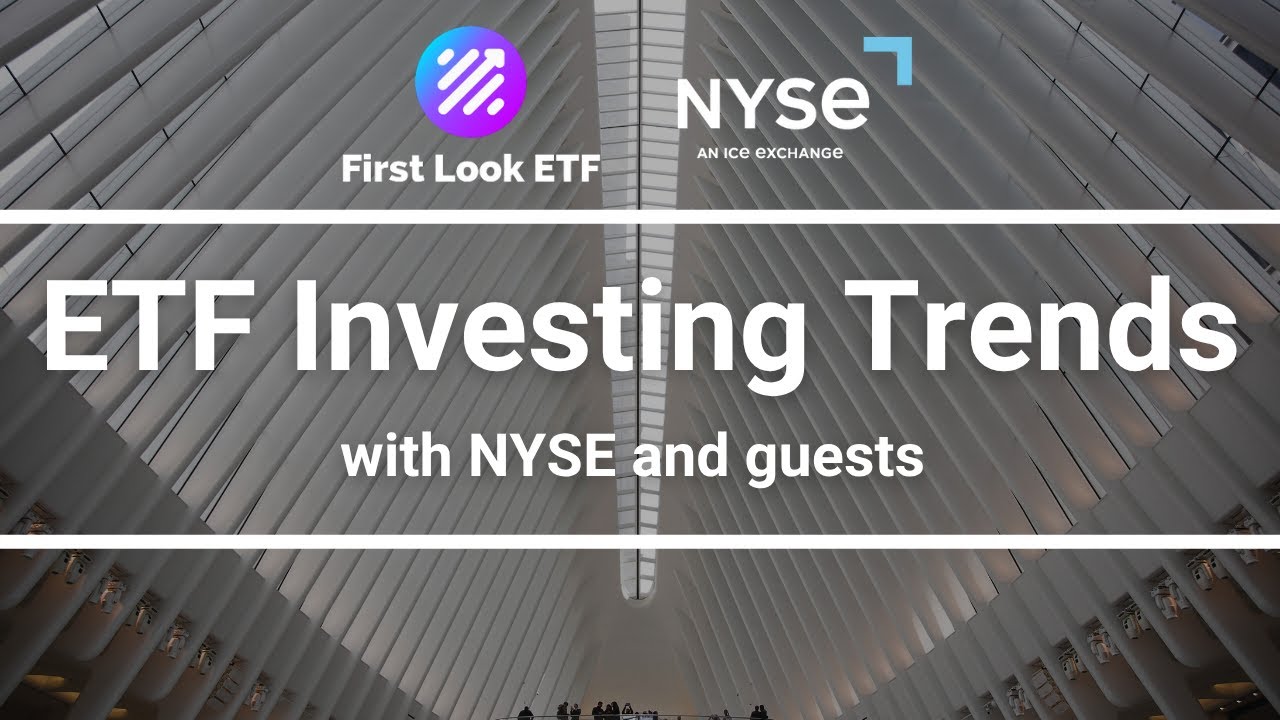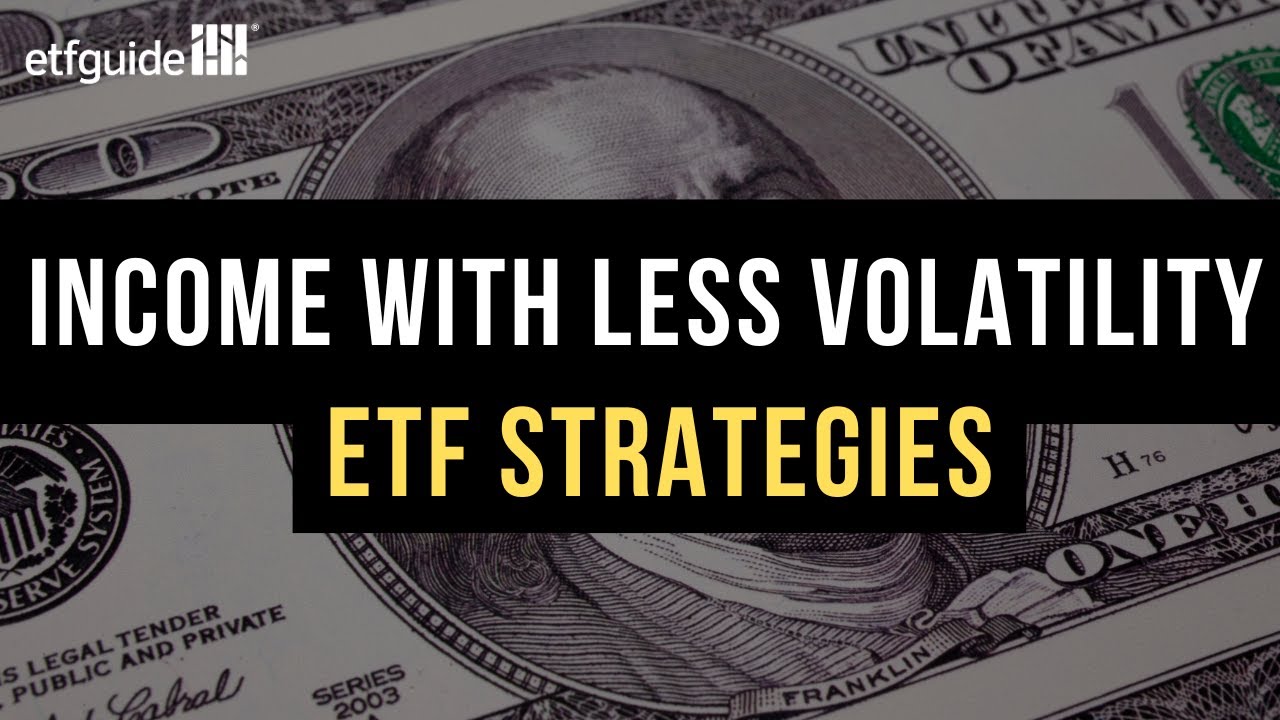NVIDIA CEO Jensen Huang Explains Why Developers Can’t Quit Nvidia
Just when you thought it was lights out for Nvidia (NASDAQ:NVDA) stock, the name soars right back, gaining more than 50% in a matter of months. Following the GPU juggernaut’s latest round of quarter earnings results, it appears that the AI boom is not only still on the table, but it hasn’t really slowed down. […] The post NVIDIA CEO Jensen Huang Explains Why Developers Can’t Quit Nvidia appeared first on 24/7 Wall St..
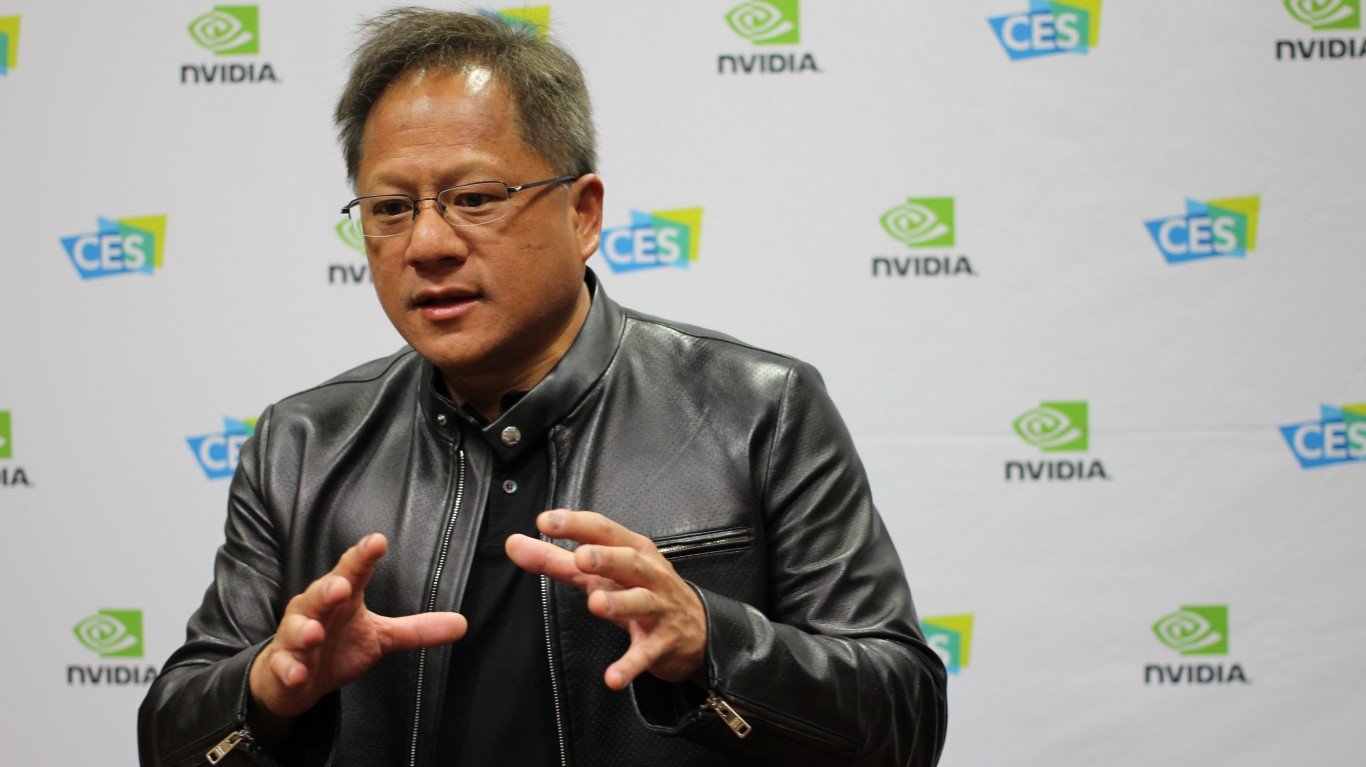
Just when you thought it was lights out for Nvidia (NASDAQ:NVDA) stock, the name soars right back, gaining more than 50% in a matter of months. Following the GPU juggernaut’s latest round of quarter earnings results, it appears that the AI boom is not only still on the table, but it hasn’t really slowed down. In fact, the boom could accelerate as Huang and company shift gears from Blackwell (this year’s chip) to Rubin. With another front-row seat to the next wave of the AI boom, it’s no mystery as to why investors have been punching their ticket again, chasing shares on the way up.
With a $3.51 trillion market cap and the title as the world’s most valuable company, questions linger as to whether the GPU giant will be the first to surpass the $4 trillion milestone. With a wide economic moat surrounding its CUDA platform, perhaps it’s a better idea to stick with the behemoth as the AI march higher continues on. Recently, top boss Jensen Huang emphasized just how “sticky” its CUDA and full-stack ecosystem can be.
“CUDA and our full-stack platform are vital.” Huang said. “Developers build for CUDA, optimize for it, and it becomes very difficult to switch once you’ve made the investment.”
Key Points
-
Nvidia CEO Jensen Huang is right. CUDA makes it hard for developers to switch.
-
Nvidia’s wide economic moat stands to get wider as the firm builds upon its software edge as well.
-
Nvidia proves it’s far easier to play from ahead than from behind.
-
Nvidia made early investors rich, but there is a new class of ‘Next Nvidia Stocks’ that could be even better. Click here to learn more.
Nvidia’s software could be an even more remarkable source of its wide economic moat.
For years, many investors (myself included) have viewed GPUs and other hardware as quite the commodity. Indeed, in the pre-AI age, much of the computer hardware that was available was commoditized. With the AI boom in full swing and with many developers already entrenched within the Nvidia ecosystem, I think we’re just beginning to find out that top-tier hardware is more than just a commodity. Call it the de-commodification of GPUs, if you will.
As Nvidia continues going all-in to differentiate itself through software (think further development of the CUDA and across the stack), the company’s moat, I believe, stands to grow, making it even tougher for its top industry rivals to catch up. Even if the performance (and efficiency) gap between Nvidia and its peers (let’s say Advanced Micro Devices (NASDAQ:AMD)) were to narrow at some point, it’d still likely not be worth switching over, given the higher switching costs of jumping ship. Indeed, Huang seems to have successfully built an ecosystem that could help Nvidia retain a lion’s share of the GPU sales to power this ongoing AI boom.
In many ways, it’s software that could be the bigger differentiator than the cutting-edge hardware itself. As such, investors may wish to pay up the fat premium to go with the industry leader as it’s far easier to play from ahead as the gap between the number-one and number-two player in the AI race grows.
Just like Apple (NASDAQ:AAPL) built a walled garden through its top-of-the-line hardware, software, services, and developer tools, Nvidia seems to be following a similar playbook with its growing lineup of solutions. Indeed, developers may find that it’s not only good to stay within the walled garden, but it’s not all too cheap to break out of it.
More performance gains ahead
As AI gains agency while embodied AI becomes a thing and superintelligence comes to be, demand for the very best AI compute could stay hotter for longer. During such a boom, CUDA will pave the way for Rubin in 2026, Rubin Ultra in 2027, and Ferynman in 2028, making it even tougher for developers to break out of the Nvidia ecosystem. Not that they’d want to, anyway.
While Nvidia’s moat seems difficult to penetrate, investors should keep watch of U.S. antitrust regulators, which may narrow the GPU titan’s economic moat if anticompetitive practices can be proven. Indeed, such a potential regulatory risk is a giant question mark for just about any of the Magnificent Seven members these days. However, for Nvidia, it could have the greatest impact as developers grow more deeply entrenched in CUDA.
The post NVIDIA CEO Jensen Huang Explains Why Developers Can’t Quit Nvidia appeared first on 24/7 Wall St..



















































